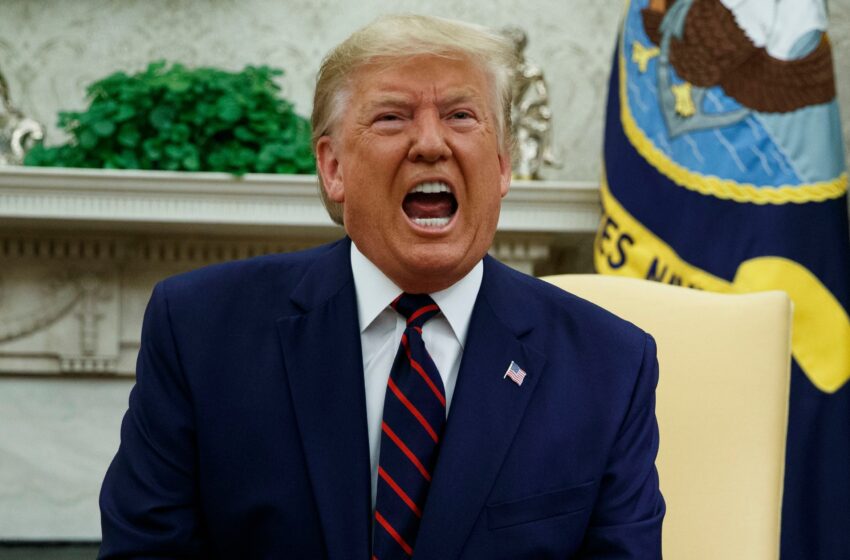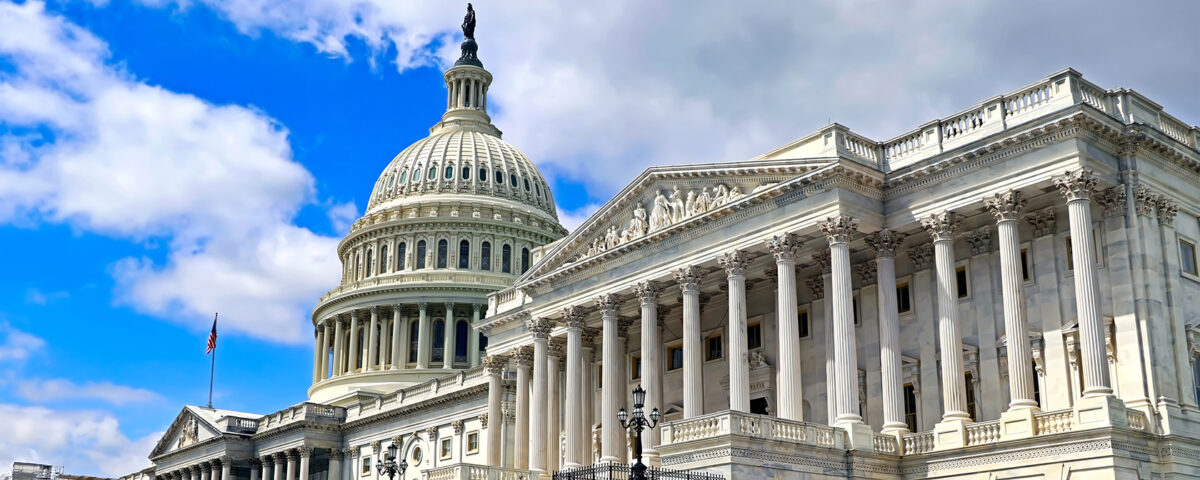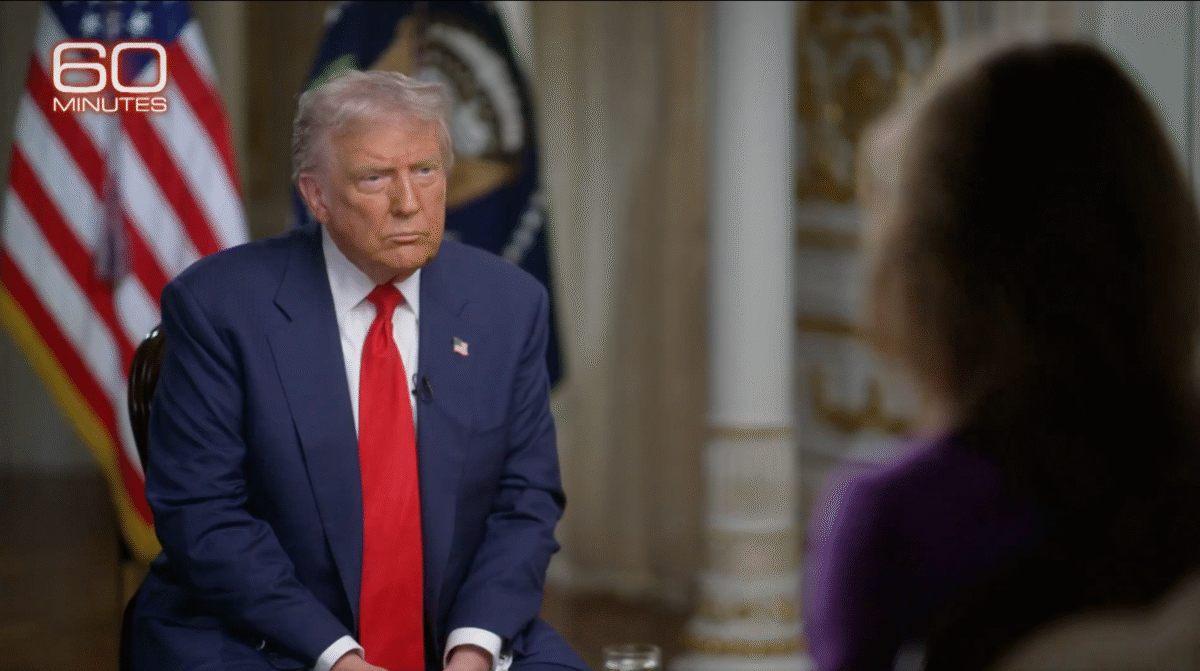Trump’s DC police takeover: What it means for law, politics, and civil liberties in America
- Top Stories
crispng
- August 11, 2025
- 431

These states are facing the biggest financial hit from America’s eviction crisis. Mandatory Credit: Photo by Evan Vucci/AP/Shutterstock (10434333bm) Donald Trump, Sauli Niinisto. President Donald Trump speaks during a meeting with Finnish President Sauli Niinisto in the Oval Office of the White House, in Washington Trump, Washington, USA – 02 Oct 2019
President Trump’s move to federalize the Metropolitan Police Department (MPD) under Section 740 of the District of Columbia Home Rule Act and to deploy roughly 800 National Guard troops is legally grounded in a rarely-used statutory authority but raises immediate constitutional, political, civil-liberties and governance concerns. The action tests the limits of federal power over a city that traditionally exercises local self-rule, risks worsening federal–local relations, will almost certainly draw litigation and Congressional scrutiny, and could set a precedent for future uses of federal force inside U.S. cities.
READ ALSO
Is Trump’s federal takeover of Washington DC about safety or politics?
1) Legal and constitutional stakes
• Statutory basis and limits. The president invoked Section 740 of the Home Rule Act, which allows the federal government — in an emergency the president deems to exist — to require the mayor to “provide such services of the Metropolitan Police force as the President may deem necessary.” The statute explicitly limits such federal control to 30 days unless Congress passes a joint resolution authorizing an extension. That narrow time window matters: any longer federal control requires explicit legislative approval.
• Immediate legal flashpoints. Expect lawsuits arguing that the president exceeded his authority or violated D.C. residents’ rights and home-rule protections. The statute gives the president a pathway, but activists and city officials will test whether the factual predicate (an urgent federal purpose) actually exists and whether the scope of federal control has been abused. Early objections from the D.C. delegation and city officials already suggest rapid legal and political pushback.
2) Federalism, home-rule and political precedent
• Erosion of local autonomy. This is a direct, visible encroachment on D.C.’s local self-government. Even if the takeover is time-limited, it sets a precedent: a future president could invoke the same authority for political or electoral reasons. That precedent will be central to debates over D.C. home rule and statehood.
• Fuel for the D.C. statehood argument. Local leaders who have pushed for statehood will use the episode as evidence that Congress and the presidency can override local control — strengthening political arguments for full representation and state powers. Congressional debate over D.C. autonomy is likely to intensify.
3) Civil-liberties and policing consequences
• Militarization and rules of engagement. Deploying the Guard and federal law-enforcement agencies pushes more military-style resources into civilian policing. That shift raises concerns about escalation, use-of-force policies, and accountability — especially when federal actors operate outside normal city oversight. The Guard’s legal status (e.g., Title 32 vs Title 10) and who has operational control will shape how forces are used.
• Trust and legitimacy. Federal control risks alienating communities already skeptical of law enforcement — undermining trust that is crucial for long-term crime reduction. Civil rights groups and many D.C. leaders view federal intervention as punitive and politically targeted, not a constructive public-safety strategy.
4) Political implications — domestic and electoral
• Short-term political gains, long-term risk. For the president and his supporters, the action can be framed as decisive, “law-and-order” leadership likely to energize his base. Republican leaders and some police organizations have already voiced support. But it risks backlash from moderates, civil-rights constituencies and D.C. residents — and could be portrayed by opponents as a partisan power grab.
• Polarization and campaigning. The episode is likely to become a major talking point in national campaigns, shaping narratives about federal power, race, and public safety. It may push opponents to tie the move to concerns about civil liberties and racial targeting (the capital is a majority-Black city), while supporters will stress order and security.
5) Public-safety effectiveness and data realities
• Data vs. rhetoric. City police data indicate violent crime has fallen significantly from the pandemic spike and that violent crime reached a 30-year low before this federal action — which undercuts claims that MPD is incapable of maintaining order. Short-term federal troops may help deter visible disorder or protect federal property, but they are not a substitute for the systemic policies that drive long-term crime declines (community policing, social services, economic opportunity).
• Resource misalignment. Deploying federal forces can secure monuments and federal buildings quickly, but it won’t directly address root causes (youth violence, drug markets, homelessness, housing instability). There’s a risk of optimistic expectations: a visible surge of personnel doesn’t guarantee sustained reductions in violence.
6) Institutional, Congressional and judicial response
• Congressional leverage. Section 740 requires notification to key congressional committees and permits Congress to terminate or extend federal control by joint resolution. Expect hearings, demands for testimony from Pentagon and Homeland Security officials, and likely partisan votes that will both scrutinize and politicize the intervention.
• Prospects for injunctions and litigation. The D.C. government, civil-rights organizations or members of Congress could sue to block aspects of the federal takeover or to demand limits. Courts will have to weigh statutory text, proven emergency conditions, and constitutional concerns. Litigation could slow or shape on-the-ground activity.
7) Broader national and international signals
• Democratic norms and international image. Using federal police and troops within a political city can generate foreign criticism and concern about democratic norms, especially if perceived as targeting racialized communities or political opposition. Allies and international media will track whether domestic security tools are being politicized.
8) Likely scenarios and timelines (practical outlook)
• Short term (days–weeks): Federal forces secure key federal sites and engage in high-visibility operations; protests and legal challenges mount; political messaging intensifies.
• Medium term (30 days): The legal text sets a hard 30-day limit unless Congress acts; Congress may hold hearings and lawmakers may vote on extensions or condemnations; litigation could limit aspects of the takeover.
• Long term: Even if temporary, the episode raises the bar for future federal interventions in cities, strengthens the D.C. statehood/home-rule argument, and could shift public debates over the proper domestic role of military and federal law enforcement.
What to watch next
• Court filings from D.C.’s city government or civil-rights groups.
• Congressional hearings and any joint-resolution action under Section 740.
• Weekly MPD crime reports to see if federal presence changes measurable trends.
• Statements from the Pentagon about Guard status (Title 32 vs Title 10) and who has operational control.
The president’s federal takeover of D.C.’s police and the National Guard deployment is legally anchored but politically combustible. It provides short-term optics of force and control, but it risks eroding local autonomy, deepening polarization, provoking legal battles, and doing little to address the root causes of urban violence. How Congress, the courts, local leaders and the public react over the coming weeks will determine whether the episode becomes a one-off emergency measure or a new tool in the federal governance toolkit.




